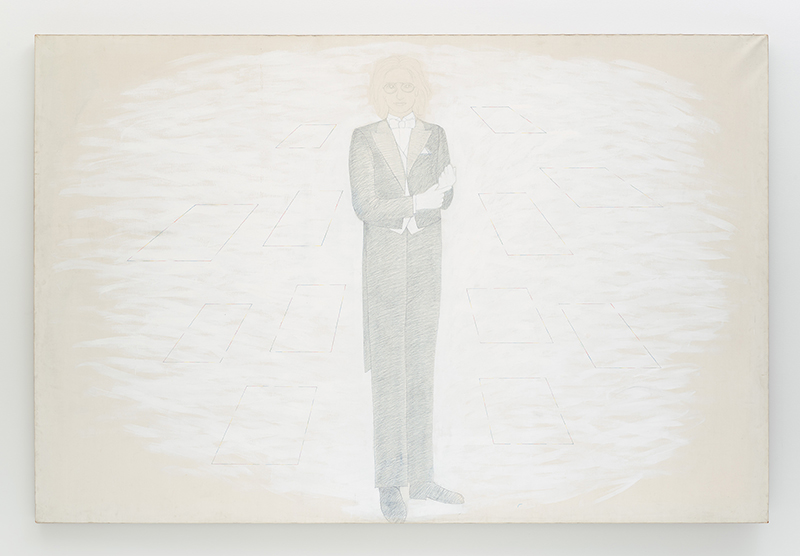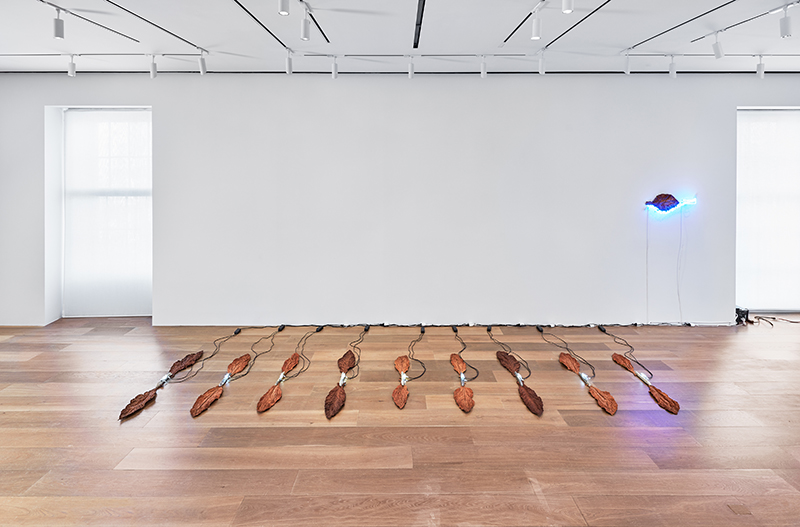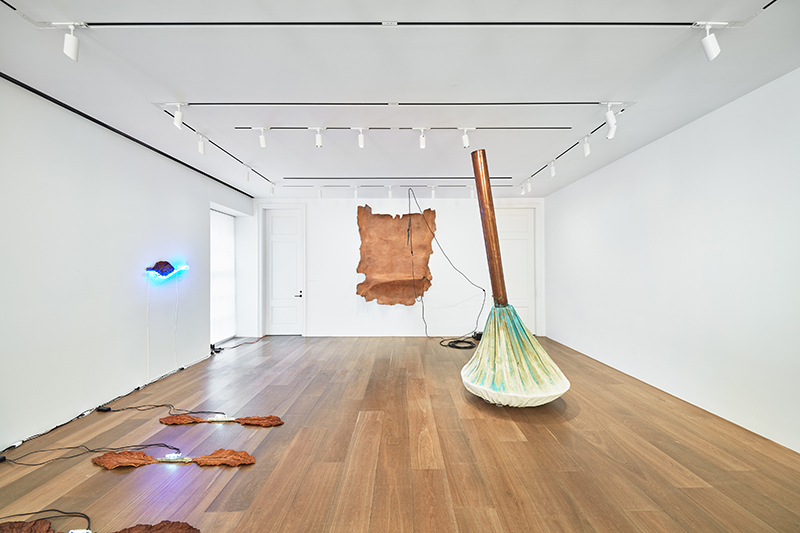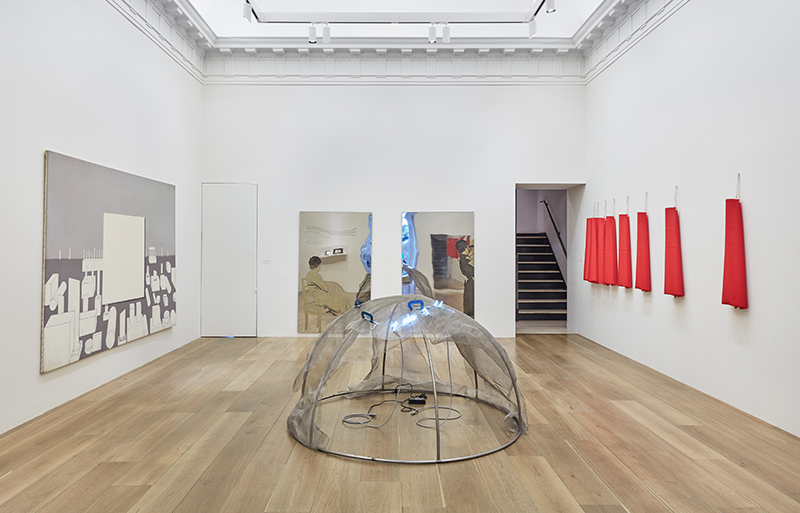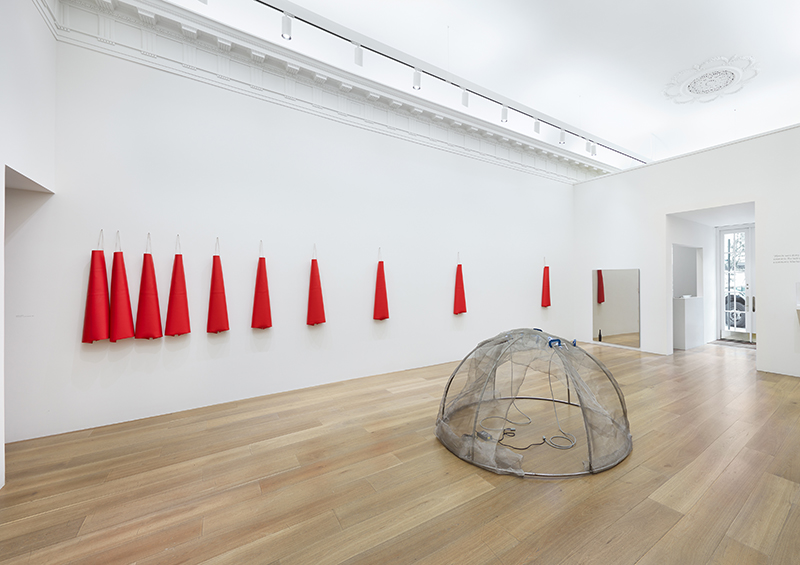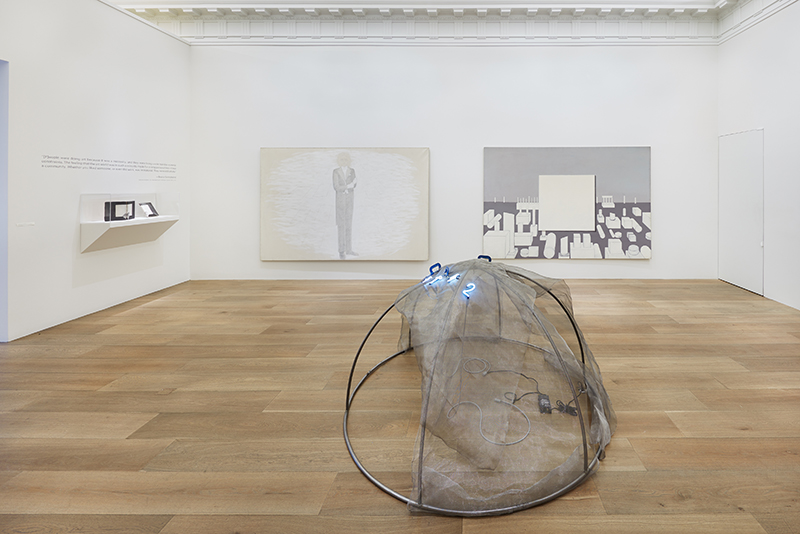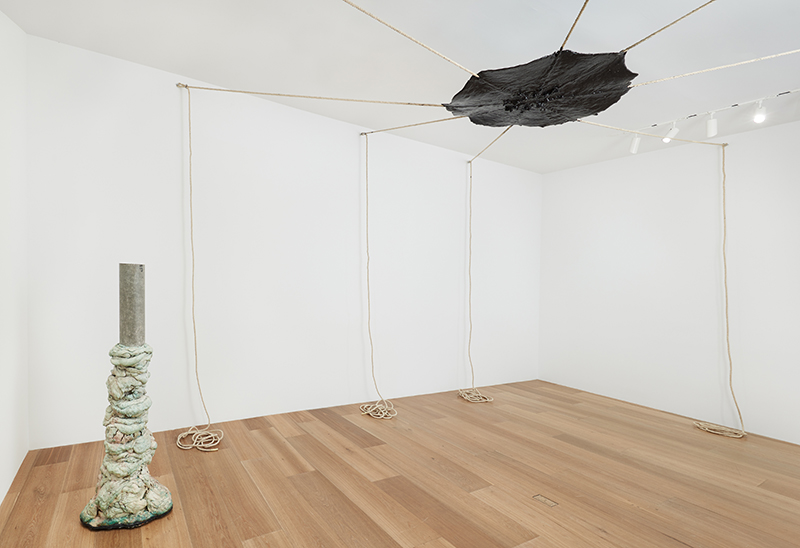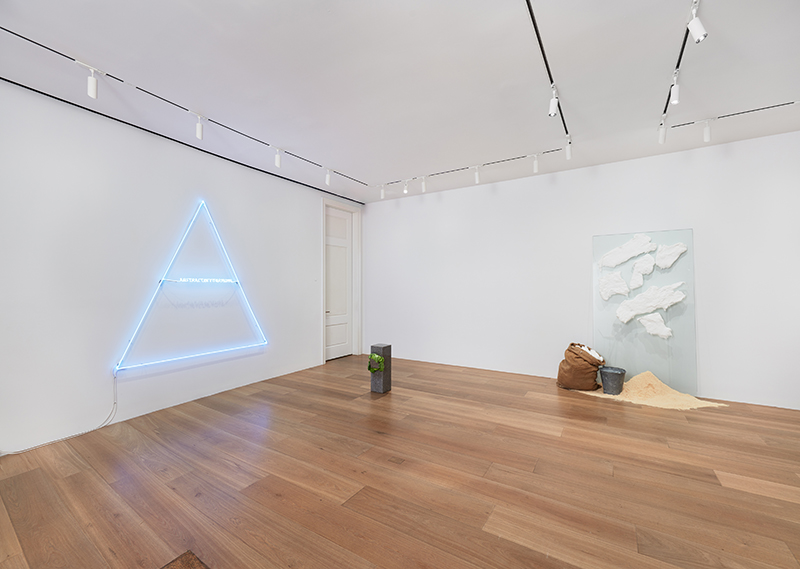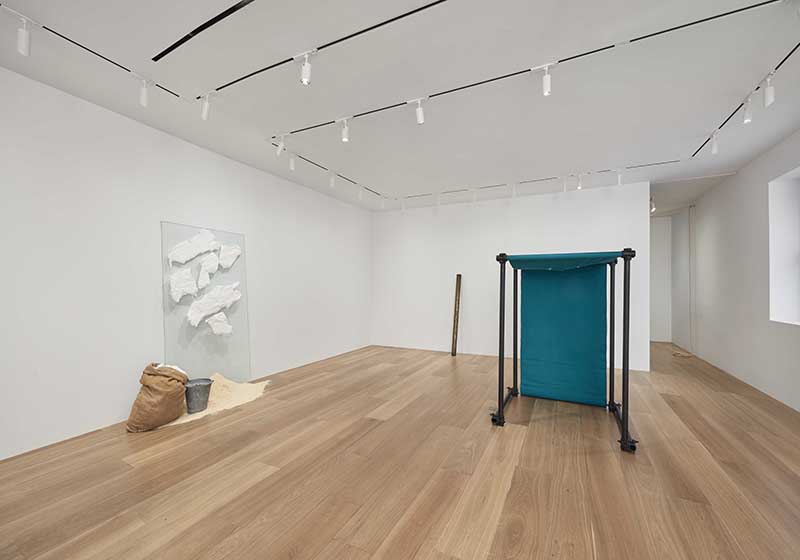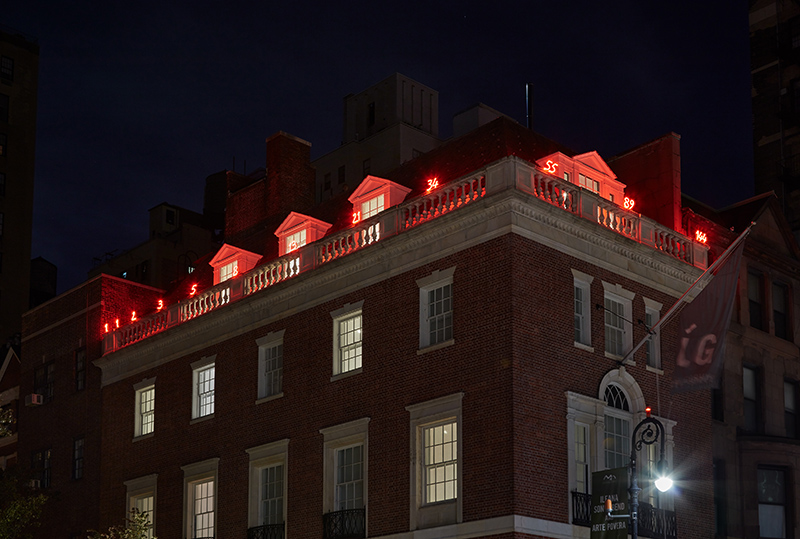ART-TRIBUTE:Ileana Sonnabend and Arte Povera, Part II
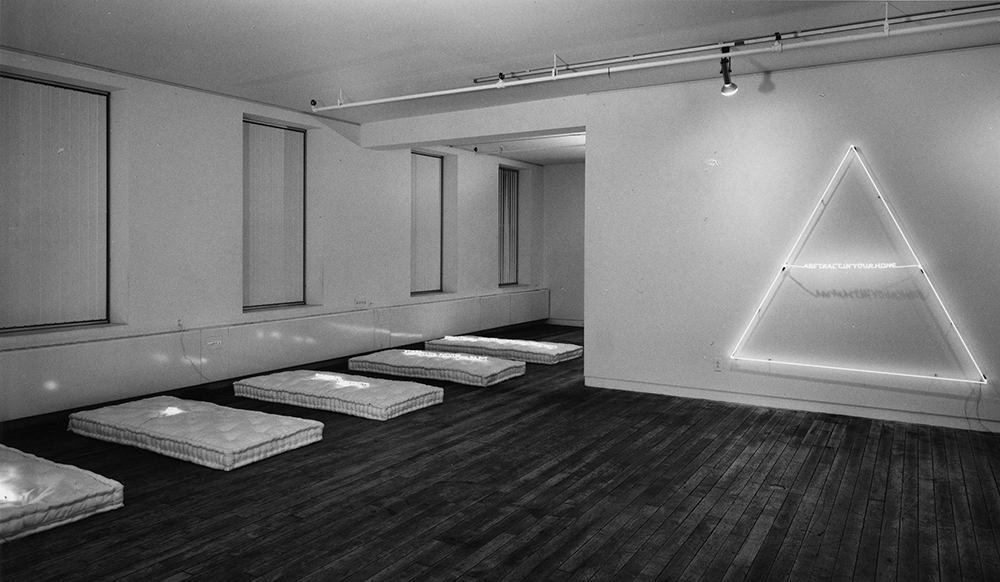 Ileana Sonnabend stands as one of the most influential and provocative figures of the recent art historical canon. From her early childhood interests to her marriages and subsequent collaborations with Leo Castelli and Michael Sonnabend, her life revolved around championing art and artists, particularly works that challenged the status quo (Part I).
Ileana Sonnabend stands as one of the most influential and provocative figures of the recent art historical canon. From her early childhood interests to her marriages and subsequent collaborations with Leo Castelli and Michael Sonnabend, her life revolved around championing art and artists, particularly works that challenged the status quo (Part I).
By Efi Michalarou
Photo: Lévy Gorvy Gallery Archive
When we talk about the most important Avant-Garde Movements of the 20th Century, an important spot is taken by Arte Povera, which had emerged in the ‘60s and had a tremendous impact on the art world. The exhibition “Ileana Sonnabend and Arte Povera” is the last exhibition of a series of exhibitions that celebrate the 50 years of the seminal exhibition “Arte Povera-IM Spazio” (27/9-20/10/1967) curated by Germano Celant , at Galleria La Bertesca in Genoa. Curated by Germano Celant, the exhibition is the first to investigate Ileana Sonnabend’s central role in the international reception of Arte Povera, and the close friendship between Celant and Sonnabend that grew out of their shared interest in the Italian artists. The exhibition include works bymost of which were originally displayed at Sonnabend’s New York or Paris galleries. Among other works on view are: Mario Merz’s “Igloo” (1971), on loan from the Walker Art Center, Minneapolis, which was included in Sonnabend’s first Arte Povera exhibition in New York; Michelangelo Pistoletto’s “Marzia con la bambina” (1964), which was featured in Sonnabend’s first exhibition of the artist’s work in 1964; Gilberto Zorio’s “Untitled” (1968), which was included in his solo exhibition at Sonnabend Gallery in 1969 in Paris and Giulio Paolini’s “Autoritratto col busto di Eraclito e altre opere “(1971-72), exhibited at Sonnabend Gallery in New York in 1972. In autumn of 1962, Michael and Ileana Sonnabend opened Galerie Ileana Sonnabend in Paris. They exhibited works of American artists, but also works by several young Italians artists. The Sonnabends first met Germano Celant at Venice Biennale in 1964 and their friendship and collaboration remained active. When Ileana Sonnabend opened her New York gallery in 1970, the gallery was instrumental in making European art of the 1970s known in America, with an emphasis on European Conceptual Art and Arte Povera. It also presented American Conceptual and Minimal Art of the 1970s.
Info: Lévy Gorvy Gallery, 909 Madison Avenue, New York, Duration: 2/11-23/12/17, Days & Hours: Tue-Sat 10:00-18:00, www.levygorvy.com
